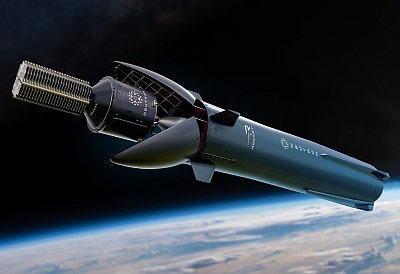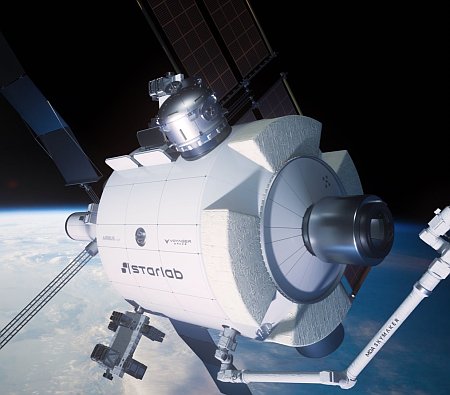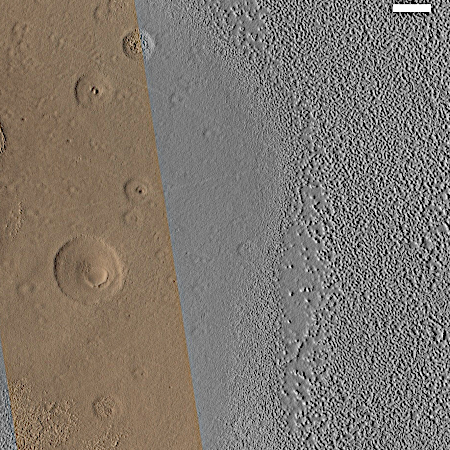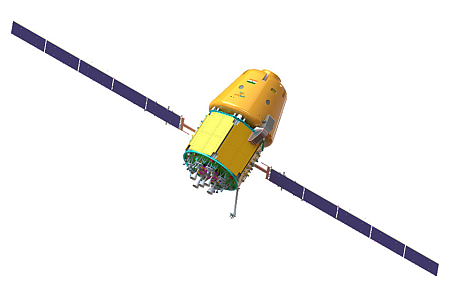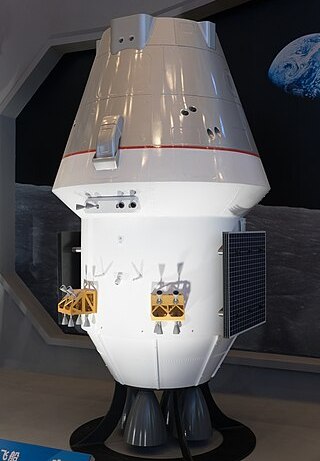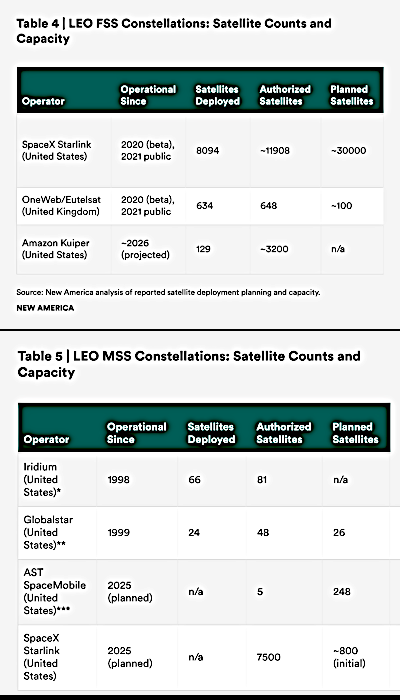Kazakhstan expanding its access to multiple internet satellite constellations
It appears the Kazakhstan government is making multiple internet satellite constellations available to its citizens in an effort to increase competition and lower costs.
Kazakhstan first engaged with Starlink in 2023, following government frustration over the slow pace of domestic telecom expansion. The project initially connected 2,000 rural schools, and by mid-2024 nearly 1,800 had access to satellite internet.
Authorities briefly considered banning satellite internet services operated from abroad late last year, citing national security concerns, but withdrew the proposal after a public backlash.
Meanwhile, competition in the country’s nascent satellite internet market is heating up. In September 2024, Kazakhstan signed an agreement with Amazon to bring its Project Kuiper satellite network to the country, setting up a future rival to Starlink. Prime Minister Olzhas Bektenov said the move would help improve affordability and service quality. Chinese firm Spacesail Kazakhstan, a subsidiary of Spacesail International, has also registered at the Astana International Financial Centre (AIFC) with $17mn in capital, positioning itself as another potential player in the mega-constellation internet sector.
When Kazakhstan opened Starlink to all its citizens in June 2025, I noted how this deal indicated the country’s move away from Russia. Its willingness now to add Kuiper and Spacesail deals accelerates that move, in numerous ways. It not only wants its citizens to have capabilities that Russia cannot control, it wants to encourage competition to lower costs for those citizens. What a concept!
Like the Ukraine, Kazakhstan is working hard to exceed Russia in technology, in order to make it much harder for its big and very power-hungry neighbor to dominate or even invade it.
It appears the Kazakhstan government is making multiple internet satellite constellations available to its citizens in an effort to increase competition and lower costs.
Kazakhstan first engaged with Starlink in 2023, following government frustration over the slow pace of domestic telecom expansion. The project initially connected 2,000 rural schools, and by mid-2024 nearly 1,800 had access to satellite internet.
Authorities briefly considered banning satellite internet services operated from abroad late last year, citing national security concerns, but withdrew the proposal after a public backlash.
Meanwhile, competition in the country’s nascent satellite internet market is heating up. In September 2024, Kazakhstan signed an agreement with Amazon to bring its Project Kuiper satellite network to the country, setting up a future rival to Starlink. Prime Minister Olzhas Bektenov said the move would help improve affordability and service quality. Chinese firm Spacesail Kazakhstan, a subsidiary of Spacesail International, has also registered at the Astana International Financial Centre (AIFC) with $17mn in capital, positioning itself as another potential player in the mega-constellation internet sector.
When Kazakhstan opened Starlink to all its citizens in June 2025, I noted how this deal indicated the country’s move away from Russia. Its willingness now to add Kuiper and Spacesail deals accelerates that move, in numerous ways. It not only wants its citizens to have capabilities that Russia cannot control, it wants to encourage competition to lower costs for those citizens. What a concept!
Like the Ukraine, Kazakhstan is working hard to exceed Russia in technology, in order to make it much harder for its big and very power-hungry neighbor to dominate or even invade it.


